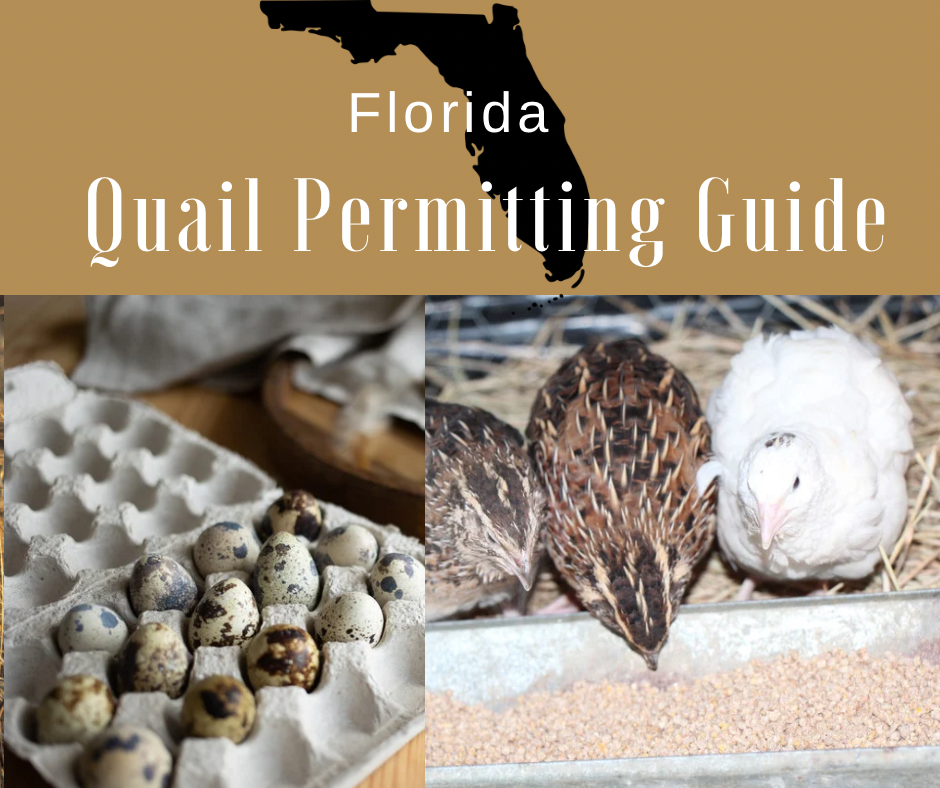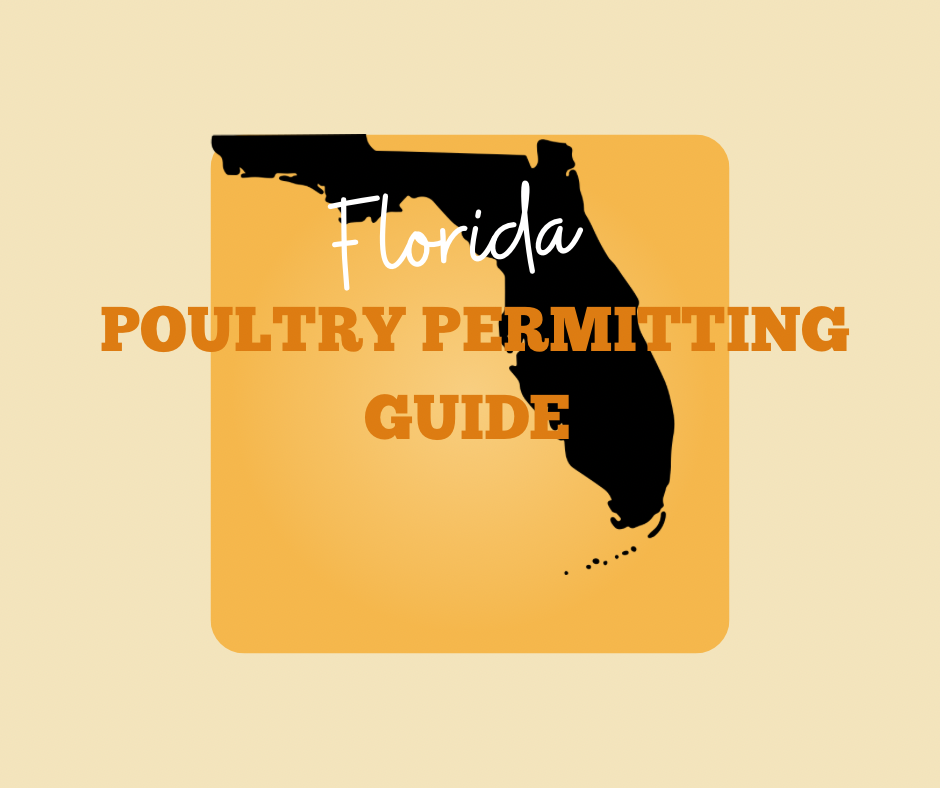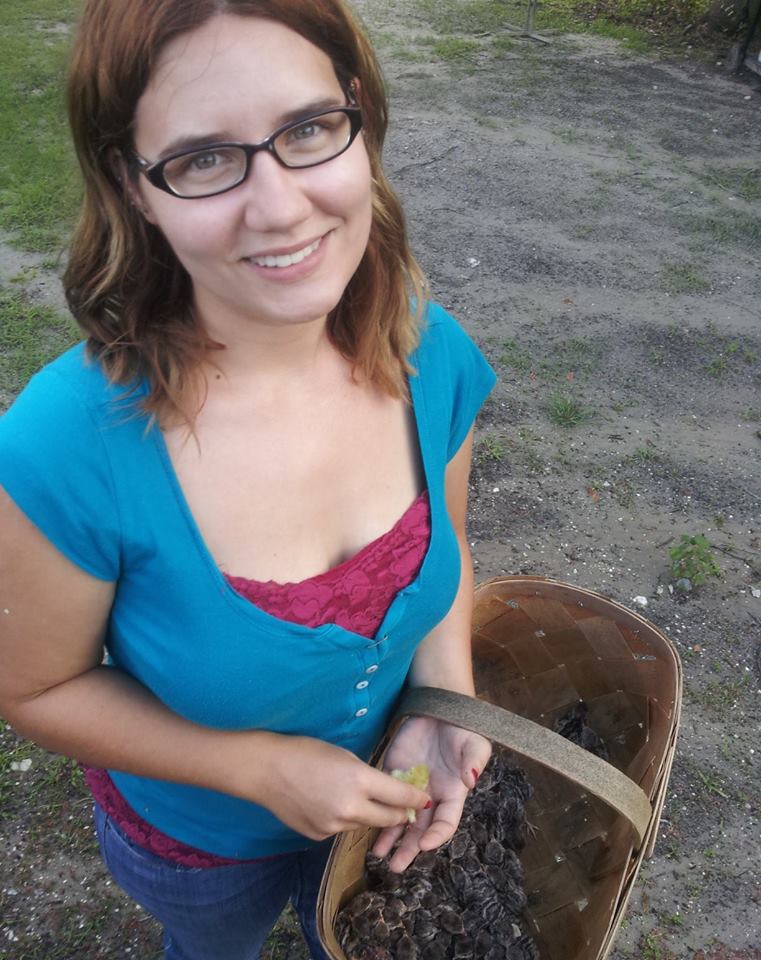Each spring, hatcheries, breeders, and farms like ours are inundated with inquiries that almost always include one hopeful phrase:
“Do you have any laying hens available?”
It’s a reasonable question from a consumer’s perspective—after all, spring is when everything is blooming, hatching, and growing. So, shouldn’t this be the perfect time to start gathering your own farm-fresh eggs?
Well, not exactly.
Spring is chick season, not egg season. And there’s a good reason why ethical farmers don’t typically offer laying hens in springtime: it doesn’t make sense—biologically or economically. Let’s walk through why.
The Lifecycle of a Layer: A Timeline Often Misunderstood
Let’s start with the basics. A chick hatches, and over the next 4 to 6 months, it slowly grows, develops reproductive maturity, and eventually begins to lay eggs. This process doesn’t happen overnight, and there are no shortcuts. Most standard breeds of chickens begin laying around 18 to 24 weeks of age. Some faster-maturing hybrids may begin a little earlier, and heritage breeds can take even longer.
So, if you’re being offered a bird in March or April that is already laying, it likely hatched the previous fall—meaning that bird was raised and fed all winter long, through the most expensive and labor-intensive part of the year.
Spring Pullets: What They Are and Why They’re Offered
What is widely available in spring are pullets—typically 4 to 10 weeks old. These are juvenile female chickens that are still growing and maturing. They’re no longer dependent on a brooder lamp for warmth, but they still have many weeks to go before egg production begins.
These pullets are not laying yet, and it’s critical for buyers to understand that. When you buy a pullet in spring, you’re purchasing the promise of future eggs—an investment that pays off in late summer or early fall if you continue to care for and feed her properly.
At Stellar Game Birds, Poultry, Waterfowl LLC, we offer 4–8 week old pullets because that’s the natural seasonal rhythm. These are strong, hardy juveniles with their immune systems well developed, and they’re ready to grow out in your coop with care.
Raising Hens Through Winter: The Hidden Cost of Instant Eggs
If a farmer does happen to offer laying hens in spring, that means they raised them through the entire winter. Let’s pause to think about what that really entails:
- Feed costs rise in winter, especially for non-GMO or specialty rations.
- Daylight hours decrease, which slows growth and delays laying.
- Weather challenges add labor—if you live up north, frozen waterers, insulated housing, and temperature monitoring all increase workload. If you live down south, you still have to deal with weather challenges, especially Hurricane season.
- Biosecurity risks increase as fewer birds are rotated or moved due to cold weather, making illness more expensive to manage. This is not always the case, but it is for many farmers.
In short: raising a chick from fall to spring takes significantly more resources than raising one in spring through summer. If someone is offering point-of-lay hens in April, they’ve either charged appropriately (often $35–$90 per hen to reflect the costs), or they’ve cut corners.
That’s why you’ll often see chicks and pullets in spring—but not layers. It’s not that we don’t want to sell you fresh eggs, it’s that laying birds in spring aren’t naturally produced at that time unless we did months of advanced planning—often at a financial loss.
The Supply and Demand Myth: “Everyone’s Selling Hens in Spring”
You may find listings that claim to offer spring laying hens—but look closer. Many of these are either:
- Older hens finishing their first laying cycle and nearing decline.
- Mixed-age flocks with unknown laying status.
- Unsexed pullets misrepresented as layers to drive a quick sale.
- Overcrowded or mass-bred birds from operations that hatch in bulk, not based on breed quality or health.
Ethical breeders don’t sell underdeveloped birds as laying hens, and we certainly don’t pass off spent hens as fresh layers. But in a saturated market, unfortunately, not every seller plays fair.
Investing in Pullets = Planning Ahead for Eggs
We encourage families, homesteaders, and backyard poultry keepers to shift their thinking. If you want eggs in late spring or early summer, your best bet is to:
- Preorder pullets in fall, so they’re raised through winter and lay in spring. This is if the option is available and if the farmer/breeder is getting production in the fall.
- Raise spring pullets knowing they’ll begin laying by late summer or fall.
- Build seasonal understanding into your planning: birds lay best in the natural rhythm of their breed and the earth’s seasons.
By purchasing 4–8 week old pullets in spring, you’re avoiding the fragile early brooder stage but still raising your birds through the most efficient part of the year—warmer weather, longer daylight, and lower feed requirements. This means better return on your investment with fewer losses and a healthier start.
It’s About Real Farming, Not Fast Food
Too often, modern buyers approach livestock as though it should follow an Amazon Prime schedule. But poultry doesn’t work like that. There are no pre-loaded laying hens you can “add to cart” and have eggs the next day.
Real farming takes patience, timing, and planning. Farmers don’t withhold laying hens in spring out of stubbornness—we do it because that’s not how the seasons (or biology) work. When you understand the lifecycle, the economics, and the long game of poultry, it all starts to make sense.
The Bottom Line
If you’re seeing 4–8 week old pullets available in spring, it’s because those birds were just hatched and are being responsibly grown for the future. If you’re not seeing laying hens, it’s because spring isn’t their season—it’s your opportunity to grow your own.
So this spring, when you visit a farm or hatchery, know that you’re not buying eggs yet—you’re building your flock. And with the right care, you’ll be collecting your own fresh eggs before you know it.
Visit us on our website to see what we have to offer! www.stellargamebirds.net











Recent Comments